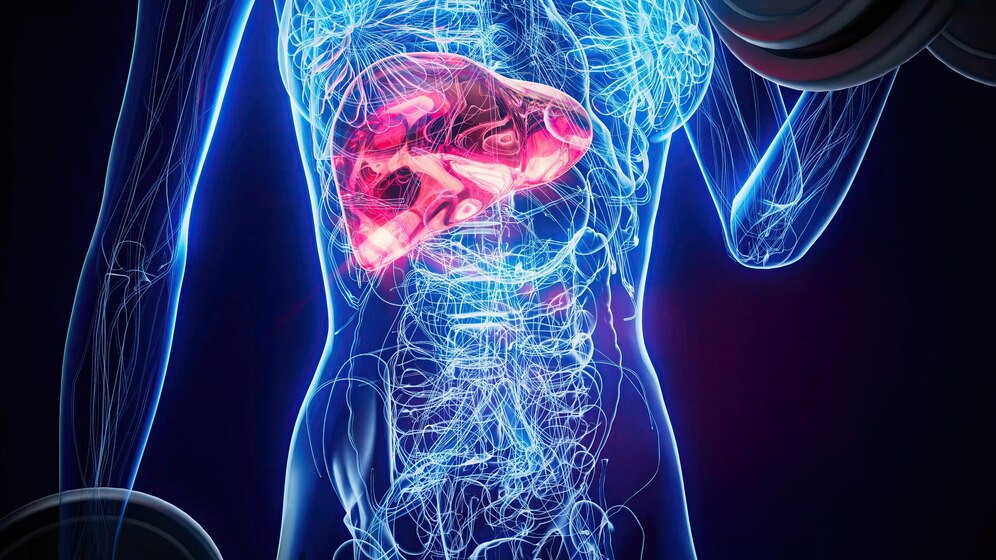Kidney Overview
Kidney Stones
Kidney stones, or renal calculi, are solid masses formed from crystals in the kidneys, ranging in size from 1 to 7 cm with either smooth or rough surfaces. The exact causes of kidney stones remain partially understood, but they involve factors such as urinary supersaturation with crystalline substances, inadequate inhibitors like citrates and pyrophosphates, and crystal aggregation.
Risk Factors
- Family history of kidney stones
- Men aged 20-40, with a slightly higher incidence compared to women
- Chronic use of certain medications (diuretics, antacids, thyroid hormones)
- Individuals with a single kidney
- Low fluid intake, especially in hot, dry climates or sedentary lifestyles
- Diets high in protein and low in fiber
- Conditions like gout, hyperparathyroidism, ileostomies, or metabolic diseases (e.g., Crohn's disease)
Symptoms
- Most stones smaller than 4 mm may pass spontaneously, often without symptoms.
- Symptoms may include severe pain from the waist to the groin, nausea, vomiting, abdominal swelling, bloody urine, and frequent urination.
Diagnosis and Treatment
Kidney stones are primarily diagnosed through radiologic tests such as X-rays and ultrasonography, with CT scans or MRIs used in complex cases. Treatment focuses on stones larger than 4 mm, utilizing medications for pain and infection control. Preventative strategies are also crucial to avoid recurrence.
Chronic Kidney Insufficiency Overview
The kidneys are vital organs located in the back of the abdomen, each weighing between 100-150 grams. Typically, a person has two kidneys, each measuring approximately 12 cm in length, 4-5 cm in width, and 3-5 cm in thickness. While it is rare (approximately 1 in 1,000 individuals), some people are born with only one kidney, which generally does not lead to significant health issues.
Functions of the Kidneys:
- Regulate the body's salt and water balance.
- Process and excrete waste products (such as urea and creatinine) from protein metabolism.
- Stimulate bone marrow to increase blood production in response to anemia.
- Facilitate the formation of Vitamin D, necessary for bone health, after exposure to sunlight.
- Metabolize certain hormones, including insulin.
Chronic Kidney Insufficiency
This condition involves the gradual loss of kidney function due to various factors. Common causes include diabetes, hypertension, infections, and kidney stones.
Treatment Options:
- Dialysis: Removes waste products from the blood, typically urea and creatinine, using two methods:
- Peritoneal Dialysis: Uses a membrane in the abdomen to filter blood.
- Hemodialysis: Blood is externally filtered through a machine.
- Transplantation: While effective, organ donation rates are not sufficient to meet needs universally.



